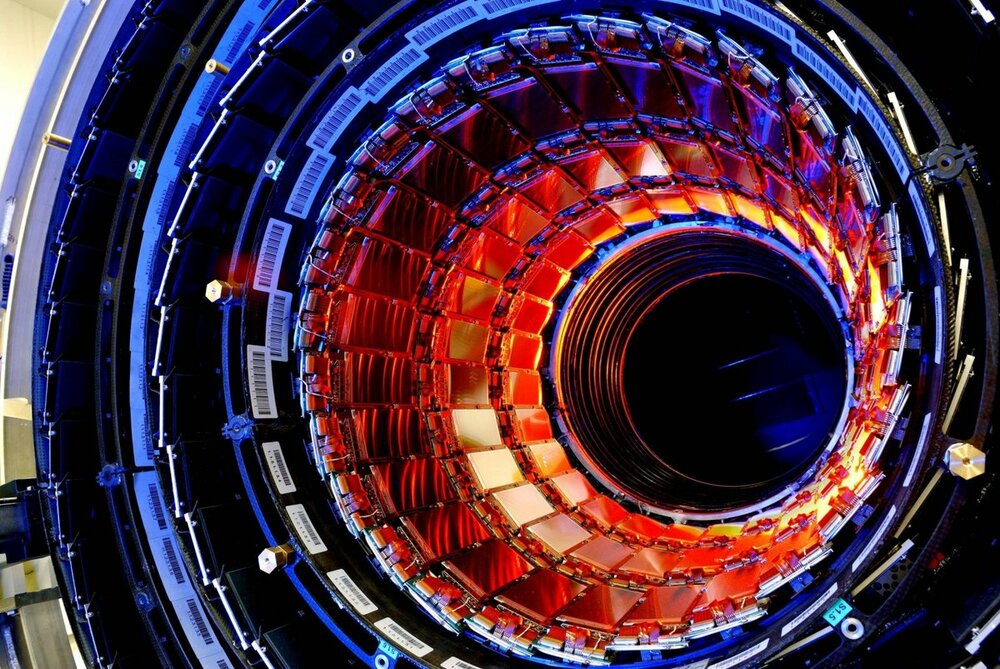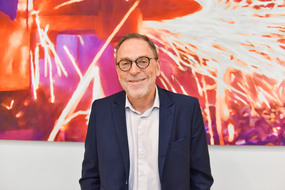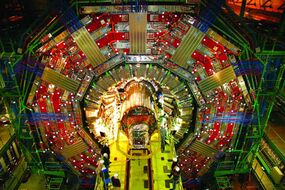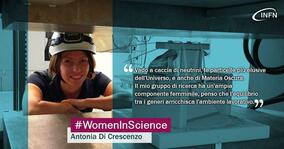The international laboratory “Laboratory of new technologies for detectors of weakly interacting particles” under the leadership of a young professor at the University of Naples named after Frederick II Antonia Di Crescenzo will open at NUST MISIS. The goals of the new laboratory will be to develop new technologies, materials and engineering solutions for the next-generation detectors in experiments aimed at studying the properties of elementary particles and searching for “dark matter”.
The new NUST MISIS laboratory will develop and create innovative materials science solutions and detector technologies for the next-generation experiments and applied tasks.
The work of the new laboratory, which will be part of the NUST MISIS MegaScience Center for Infrastructure Interaction and Partnership, will be held in three major scientific and technical areas: Technologies for the production of emulsion spectrometers and emulsion calorimeters, Technologies for the production of absorbers based on tungsten (or tungsten alloys) for scintillation calorimeters, Technologies for the production of radiation-resistant and high-speed photodetectors.
“Modules assembled from scintillation optical fibers and nuclear photographic emulsions may eventually become a new standard for track detectors and will be actively used both in high-energy physics and to solve applied problems in physics, biology and medicine, — said the head of the laboratory, professor at the University of Naples Anthonia Di Crescenzo — Due to the special characteristics of tungsten and its alloys, future technologies for its processing can be used not only in applied and experimental nuclear physics but also in some industrial sectors: radio electronics, electronic engineering, instrument making, watchmaking, microelectronics, medicine.”
The third direction will be devoted to the development of industrial technology for the formation of various ultraviolet photodiodes device structures. It can also be used to create sensors for soft
“It is well known that the development of fundamental science leads to the emergence of new technologies. But there is also a counter-movement — progress in technology opens up new horizons for fundamental research. In physics, the fundamental properties of matter lead to advances in methods of acceleration and detection of particles, as well as analysis of big data. As a result, the creation of engineering research centers and progress in the sciences of materials play such an important role in the development of particle physics today — perhaps more than ever before, ” stressed Professor Andrey Golutvin, scientific director of the NUST MISIS Center for Infrastructure Interaction and MegaScience Partnership, spokesman of the SHiP CERN experiment.
In 2017, NUST MISIS became one of the participants in a large internationalMegaScience project of the European Center for Nuclear Research (CERN) — the LHCb experiment at the Large Hadron Collider.
The creation of the laboratory continues the development of the NUST MISIS “Advanced solutions, technologies, techniques and materials for the search for new physical effects” project. The main goal is the development of promising technologies and materials for the search for new physical effects in experiments at the European Organization for Nuclear Research (CERN), as well as for applications beyond high-energy physics.
Information about the laboratory head
Antonia Di Crescenzo is a young professor, graduated from the University of Naples named after Federico II, where in 2013 she defended her thesis on the search for muon neutrino oscillations in tau neutrinos in the OPERA experiment under the guidance of Professor Giovanni De Lellis. She is currently engaged in the SHiP experiment, where she is responsible for the design of the SND detector, focused on the search for light dark matter and the study of tau neutrinos. Antonia is also an active participant in the CMS and OPERA experiments.






